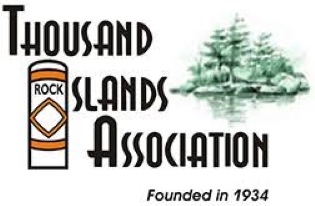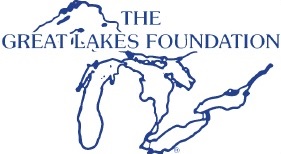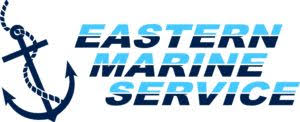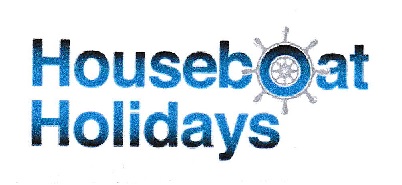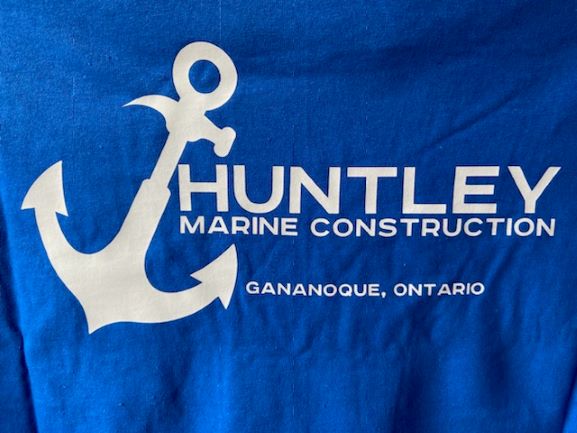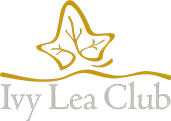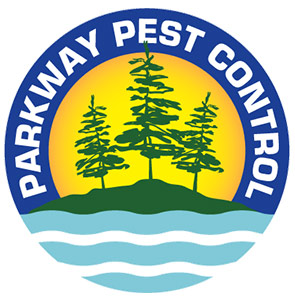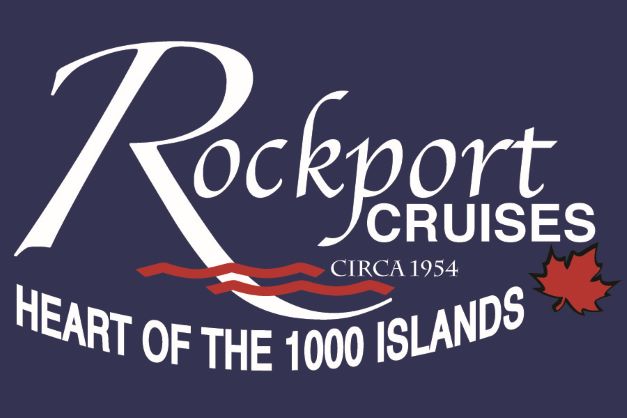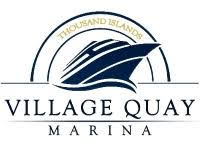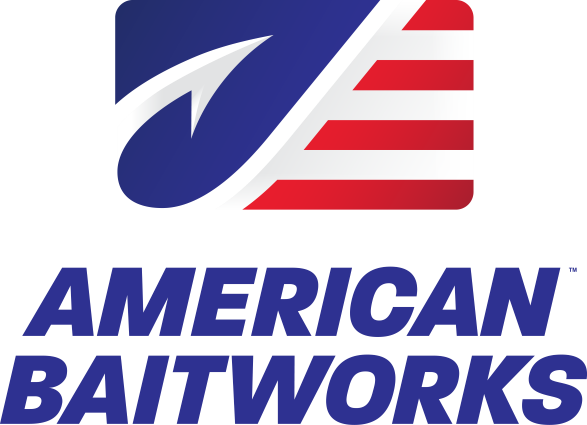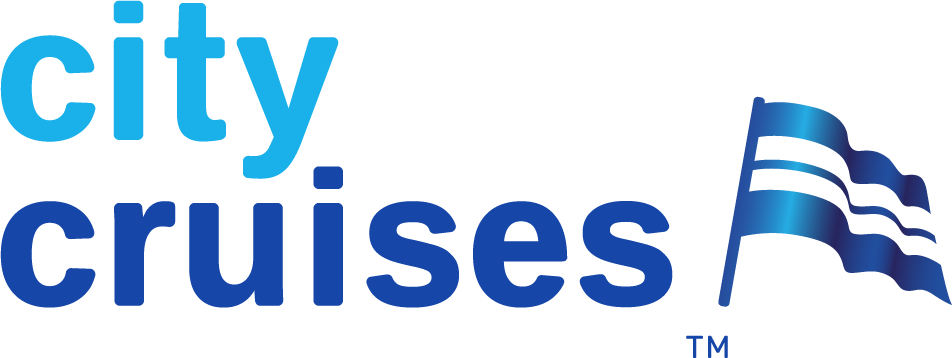Trumpeter Swans
Trumpeter Swans
You may have seen beautiful and graceful swans swimming throughout our 1000 Islands. But did you know there are three distinct species of swan plying our waterways?
The three swan species in Ontario are the Trumpeter Swan, the Mute Swan and the Tundra Swan. The most commonly seen are the Trumpeter Swan and Mute Swan.
Only the Trumpeter Swan (Cygnus buccinator) and Tundra Swan (Cygnus columbianus), sometimes known as the Whistling Swan, are native to North America.
The Mute Swan (Cygnus olor) is an introduced Eurasian species. It now breeds in the wild in some areas.
Easy Swan ID: Look and Listen
Look: The easiest way to tell the three species apart is to look at their beak colours and shape.
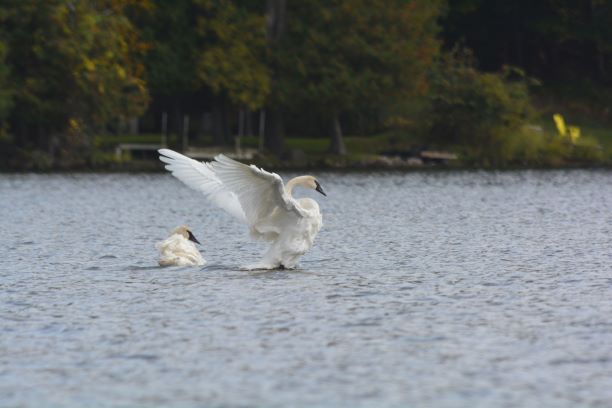
Photo credit to Stuart Arnett ©
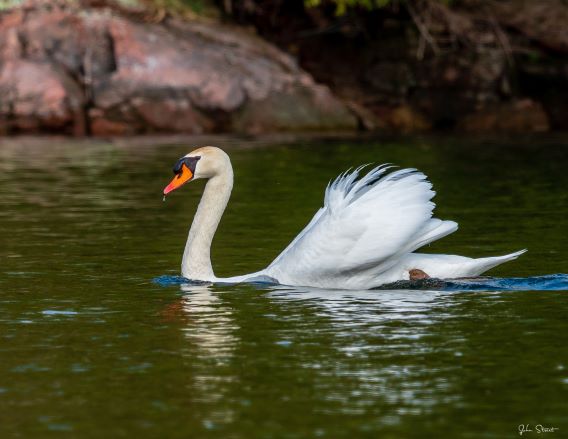
Photo credit to John Street ©
The Trumpeter Swan (left) is TIA’s focus. This swan has a solid black bill with a black ‘mask’ that extends to join the eye. The Trumpeter’s bill is straight, similar to a Canvasback duck. Trumpeter Swans can be seen year round in Ontario. They are the largest native swan species in North America.
The Mute Swan (right) has a distinct orange coloured bill and knob between the eyes. The Mute Swan is not native to North America. It was first introduced from Europe in the mid-1800s through to the early 1900s. It was primarily brought to North America to decorate the ponds and waterways of towns and cities. It is seen year round in Ontario.
The Tundra Swan migrates through the 1000 Islands in the fall and spring. It is the smallest of the three species. It nests in the Arctic, hence its name. Tundra Swans usually have a small patch of yellow on the all black bill just in front of the eye. A Tundra Swan bill has a slight concave shape.
Listen: Each swan species has a distinct call. Once you recognize the call, you will be able to identify the swan species whether they are in flight or on distant water.
Trumpeter Swan: Trumpeter Swan Voice and Call
Loud, bugle like call, resonant.
Mute Swan: Mute Swan Voice and Call
Generally silent but not “mute”. Hissing sounds are common and occasional snorting noises.
Tundra Swan: Tundra Swan Voice and Call
High pitched often quavering oo-oo-oo, accentuated in the middle; or who, who-ho: woo-oo-woo; or who-who.
Trumpeter Swans are a priority species for TIA
The focus of TIA’s swan efforts is the Trumpeter Swan. The Trumpeters were hunted in North America almost to the point of extinction. In 1933 there were only 77 Trumpeter Swans breeding in Canada with less than100 in the United States.
How Trumpeter Swans came back to Ontario
We proudly recognize the reason Trumpeters are coming back to Ontario and you can even say to eastern Canada is due to one person: Harry G. Lumsden.
Lumsden is a retired biologist from the Ministry of Natural Resources. He received his very first shipment of Trumpeter eggs in 1982. This became the start of Ontario’s restoration program. Using the eggs that were collected in Alberta, the cygnets were raised by private breeders and pond owners to become breeding pairs for the Ontario program.
Mr. Lumsden was awarded the Order of Canada, the highest award of recognition in Canada for his dedication to restoring Trumpeter Swans to Ontario
Map: United States Fish and Wildlife Service
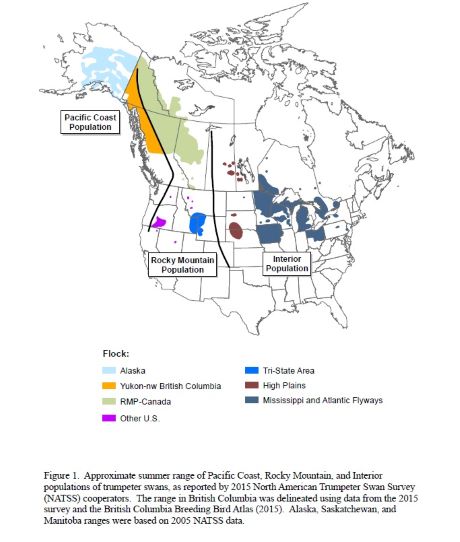
Ontario’s Trumpeter Swans are part of the “Interior Population” of Trumpeter Swans. This Population today ranges from South Dakota and Nebraska through the Great Lakes States to eastern Ontario and New York with numbers exceeding 25,000.
How to report a Trumpeter Swan
Many Ontario Trumpeter Swans have plastic “yellow wing tags” with unique codes. Your help is needed reporting Ontario Trumpeter Swans. You can report sightings to the Trumpeter Swan Society as well as to the Facebook Group Ontario Trumpeter Swans. Your report will help document new and existing areas used by Ontario’s Trumpeter Swans during the year.
